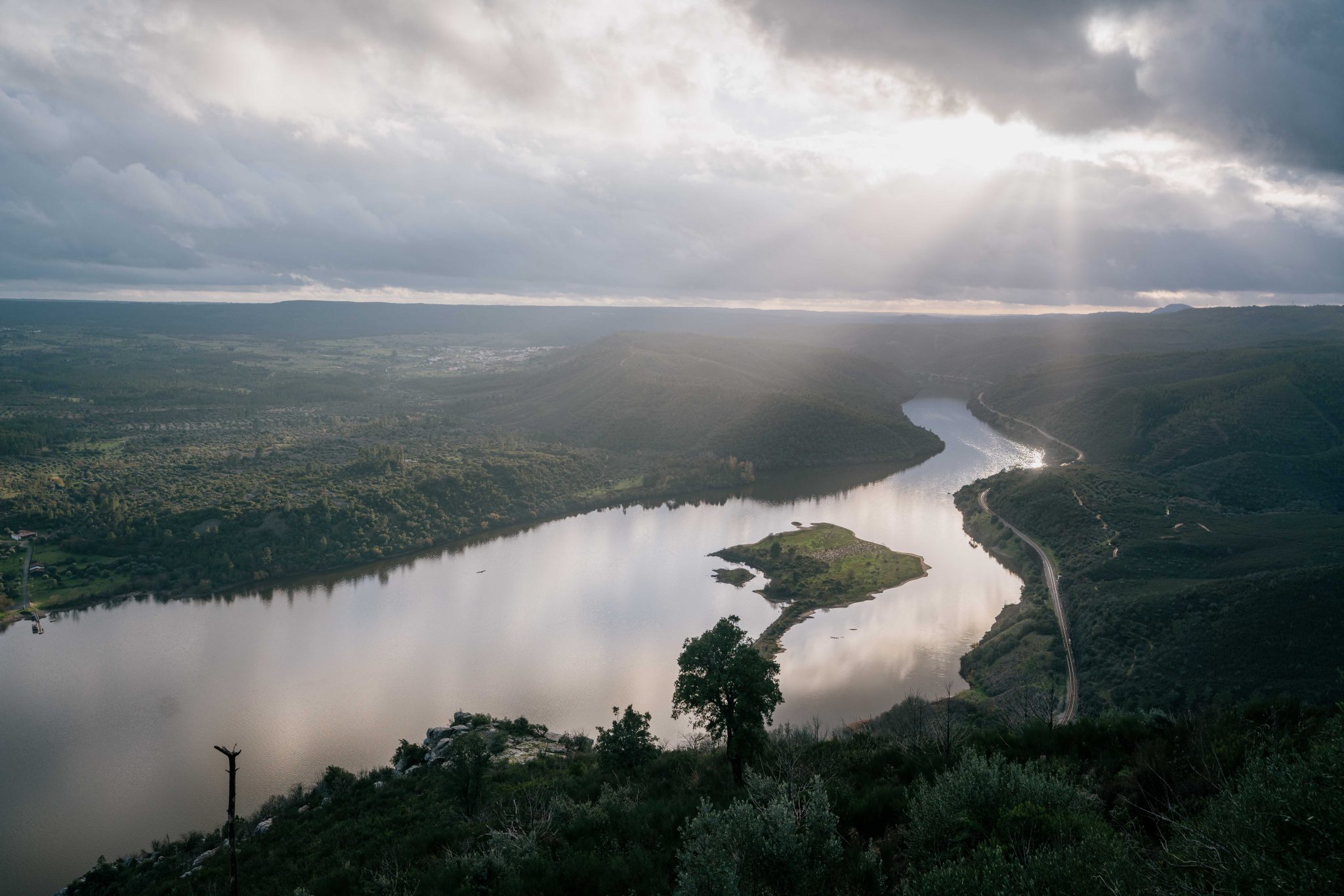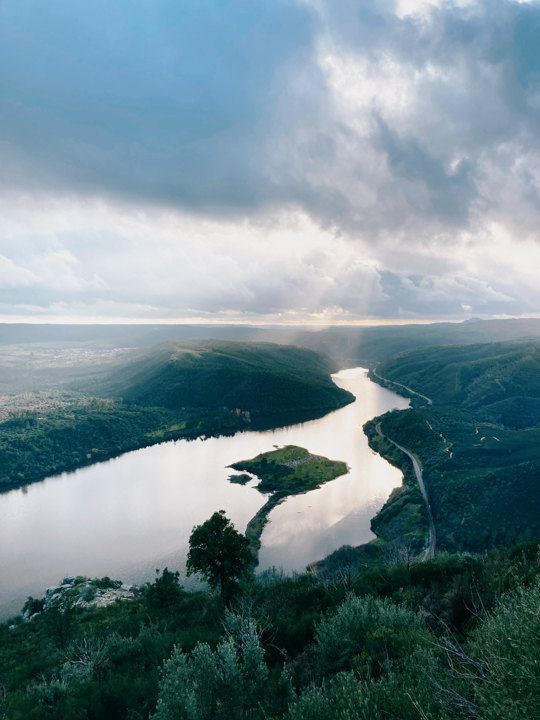All across Europe, communities are facing an increasing impact of flooding. In 2021, the river Ahr in Germany breached its borders after more than 100 litres of rain per square meter fell within 24 hours, in some parts of the region. The usually idyllic river transformed into a raging stream, taking 465 houses with him and damaging over 70 percent of all buildings in the region. In December 2022, Lisbon and other areas of Portugal also experienced extremely heavy rainfall, resulting in continuous flooding of the city and surrounding areas. Similarly, already this year, many parts of Europe, especially Germany and the UK, are struggling with short but intense rainfalls causing widespread flooding with dramatic consequences. These events not only come with significant financial costs for communities, but also raise questions about responsibility and preparedness, and are even leading to fatalities due to their sudden and unforeseen nature.
Changing the Approach
While the more frequent and heavy rainfalls, stressed by the effects of climate change, increase flood risk, another major impact on flooding is the traditional management of land and water. Over the years, we have disrupted natural water cycles to accommodate agricultural or urban areas, ignoring the negative effects on nature’s ability to absorb water and prevent floods. Many wetlands have been drained for agricultural use, rivers straightened to speed up their flow, and agricultural land management has led to substantial sediment runoff into waterways. These measures critically diminish nature’s ability to purify water, sequester carbon, and provide natural spaces.
Conventional flood management strategies are often expensive, involving large constructions that significantly alter the landscape. Furthermore, they often fail to address the root problem, requiring constant adaptation to increasing pressure. Rewilding is using natural processes to restore ecosystems and reconnect humans with nature, which can play a pivotal role in finding new approaches to flood management. This includes implementing new land management practices, natural river restoration, introducing beavers, encouraging local communities to take action, and advocating for changes in legislative rules.

A New Approach to Land Management
Every piece of land in a catchment, including small ones or urban areas, is crucial in reducing the risk of flooding. On a larger scale, restoring peatlands not only increases areas in a landscape capable of absorbing large amounts of water but also stores significant amounts of carbon. Planting trees and cultivating deeper-rooted vegetation in agricultural areas can be changed in land management practices. Deeper-rooted plants help keep the soil in place during water movement, reducing sediment flow into rivers. This approach, coupled with reducing soil compaction from large agricultural machines and minimising extensive grazing, can enhance the soil’s water absorption capacity, preventing flooding.
Restoring Rivers
Many rivers have been artificially constrained, straightened, and dredged to meet human needs, which becomes problematic during unusually large water influxes, causing flooding. Naturally flowing rivers with curves and natural beds slow down water speed, helping prevent flooding. Providing more space on river borders, restoring natural vegetation, and letting rivers form natural banks and curves can be effective, natural, and often cost-effective methods to reduce or prevent flooding.
Introducing Beavers
Beavers, considered a keystone species in rewilding, act as ecosystem engineers by slowing river flow and preventing flooding with their dams. Beaver dams create essential habitats, contributing to river health and resilience against extreme weather events. While the reintroduction of beavers faces challenges, overcoming human concerns and establishing a good human-wildlife coexistence is crucial to benefit from their ecosystem services.
Encouraging Local Communities to Take Action
The reintroduction of beavers highlights the importance of placing humans at the centre of natural flood management interventions. Involving and informing local populations in the process not only fosters acceptance, but also helps to find unique solutions for specific flooding areas. Collaboration between local communities, professionals, and authorities, can even result in finding more cost-effective and innovative flood management solutions.
Summary
Over the past decades, traditional land management practices, ecosystem destruction, and reactive approaches to flooding have exacerbated the risk of flooding. Increasingly extreme weather events due to climate change intensify these problems. Rewilding offers a natural, cost-effective, and long-lasting solution to flooding compared to traditional measures.






